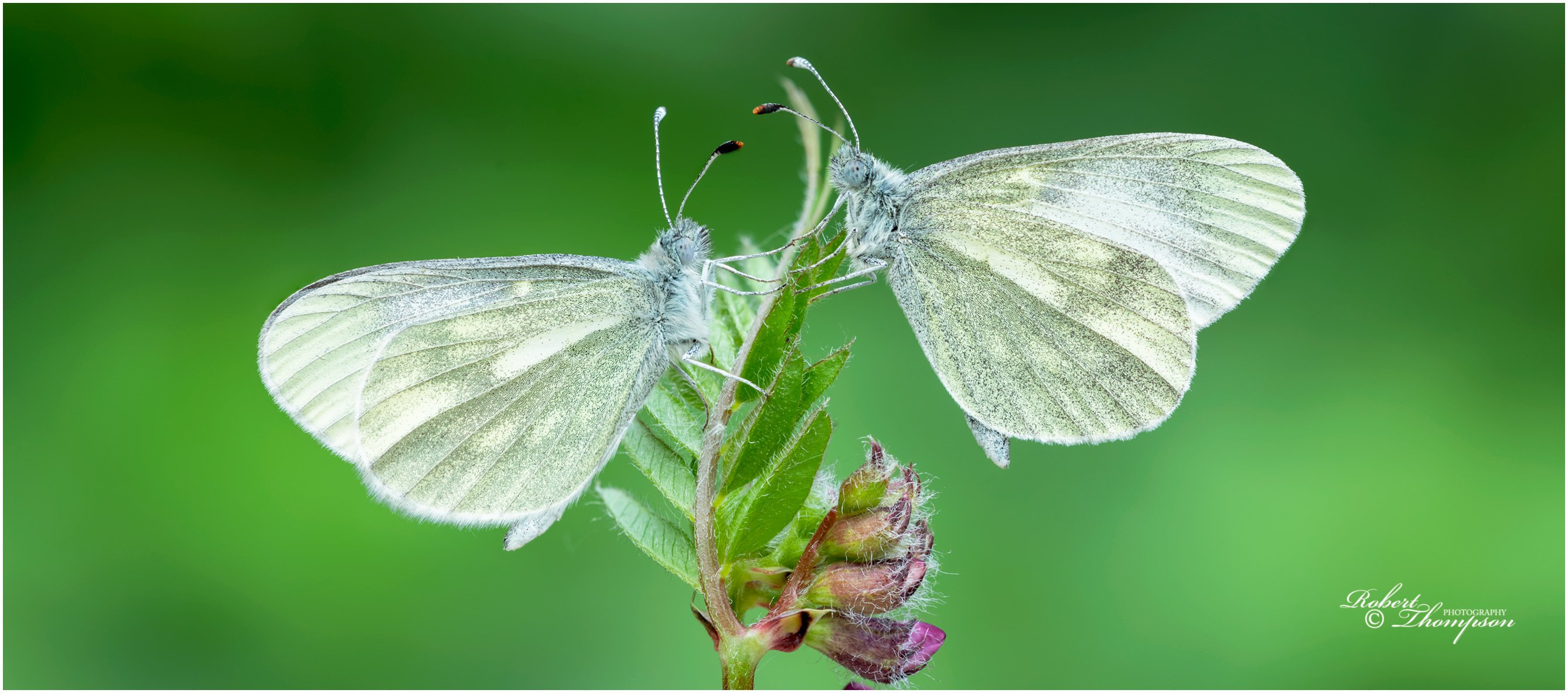BUTTERFLIES & MOTHS OF NORTHERN IRELAND
INTRODUCTION
Butterflies and moths together form the large insect order Lepidoptera which includes some of most attractive and spectacular of all insects. The name Lepidoptera is derived from the Greek lepis, a scale, and pteron, a wing. The Lepidoptera can be distinguished from other insect orders by the possession of two pairs of wings and a long, coiled tongue (proboscis). The wings are membranous and covered in many tiny scales. Light is reflected off the scales and this creates the colour patterning of the adults. A few female moths are wingless. The wingspan varies considerably from tiny species of 2-3mm to the largest the Death's head hawkmoth at over 130mm.
WHAT ARE THE DIFFERENCES BETWEEN MOTHS AND BUTTERFLIES?
The species are traditionally divided into three groupings, the micro-moths; the larger or macro-moths and the butterflies. The micro-moths contains the majority of the species. Most are small and inconspicuous insects whose study and identification is a specialist field. This site deals only with the macro-moths and butterflies. Whilst most people could instantly tell a butterfly from a moth there is, in fact, no single feature which distinguishes the two groups. In Britain and Ireland, all butterfly species have club-shaped antennae whereas none of the moths have clubbed antennae, although a variety of antennal structures are exhibited. All butterflies lack a frenulum, which is a hook-like structure that holds the fore and hind wings together. This is present in most, but not all, macro-moths. All butterflies are day-flying but there are also many species of day-flying moths, so even this distinction is not totally reliable.
NORTHERN IRELAND FAUNA
The number of moth species in Northern Ireland far outnumbers our butterflies. In Northern Ireland, 31 species of butterflies have been recorded in comparison with nearly 500 species of macro-moths. In this publication, we will cover all the butterfly species but our limited knowledge and resources only permit us to cover the larger moths (approximately 500 species altogether).
BIOLOGY
All butterflies and moths pass through the stages of egg, caterpillar (larva) and chrysalis before they emerge as adults (imago). The length of each stage varies from species to species. The vast majority of species complete a cycle in one year, but a few species have a longer caterpillar stage. Lepidoptera are plant-feeding insects and many species are entirely dependant on a single plant species. Some plants e.g. nettle and oak are the foodplants of more than one species of Lepidoptera, as each species uses the plant in a different way. A few Lepidoptera species have adapted to feeding on dead wood and at least one species the Dun-bar is often carnivorous. Some micro-moths especially the pest clothes moths feed on dry hair and fur. Much however remains to be learnt about the lifecycle of our species, in particular, the caterpillar stage. Adult Lepidoptera feed on nectar and other sugary substances. There are also many species which cannot or apparently do not feed at all.
MIGRANT SPECIES
Some of the species found in N. Ireland are migrant species. These are species which do not have resident populations here but are seen here only when adults arrive from more southern areas. The Red Admiral is a good example. Populations of other apparently resident species may be augmented by migrant individuals but this can often be hard to detect. Some species are very rare and have only been recorded on a few occasions and only a few fortunate recorders get to see them.
In this website, we will only be dealing with the caterpillar and adult stages.
To go the Butterflies & Moths website hosted by the National Museums Northern Ireland Click Here

